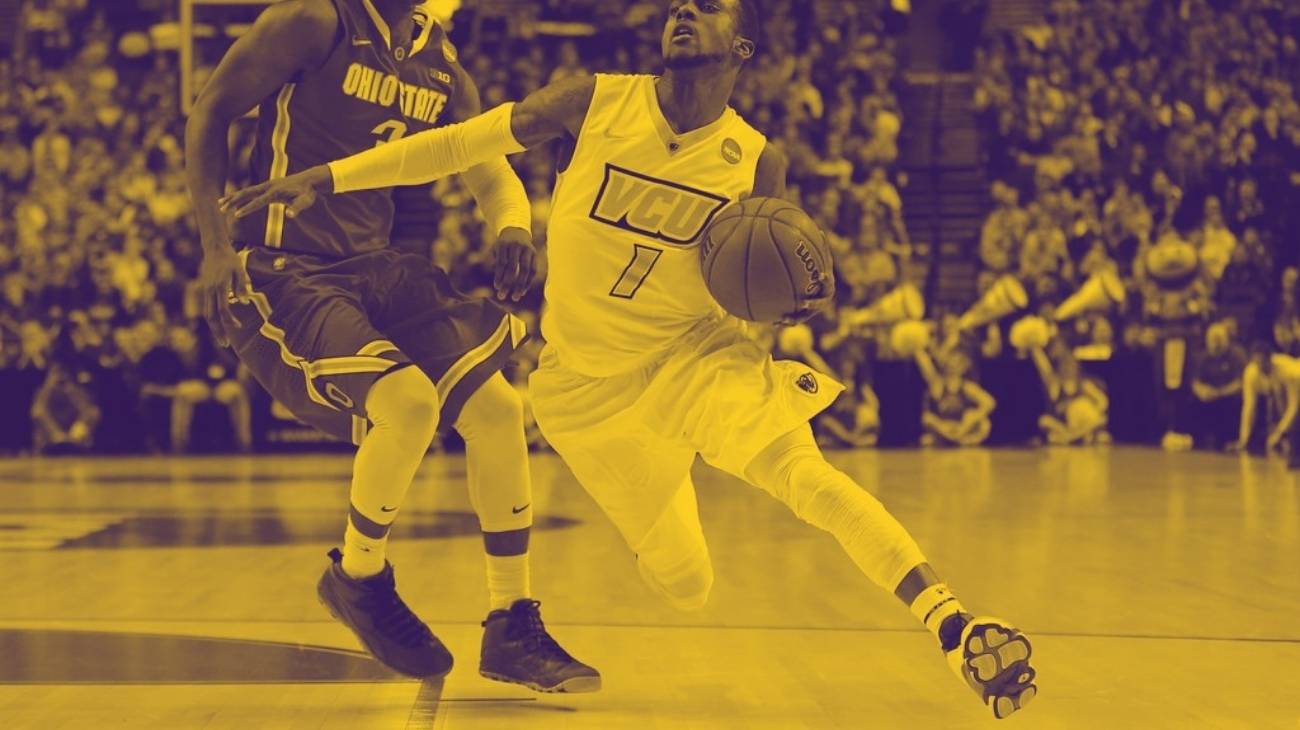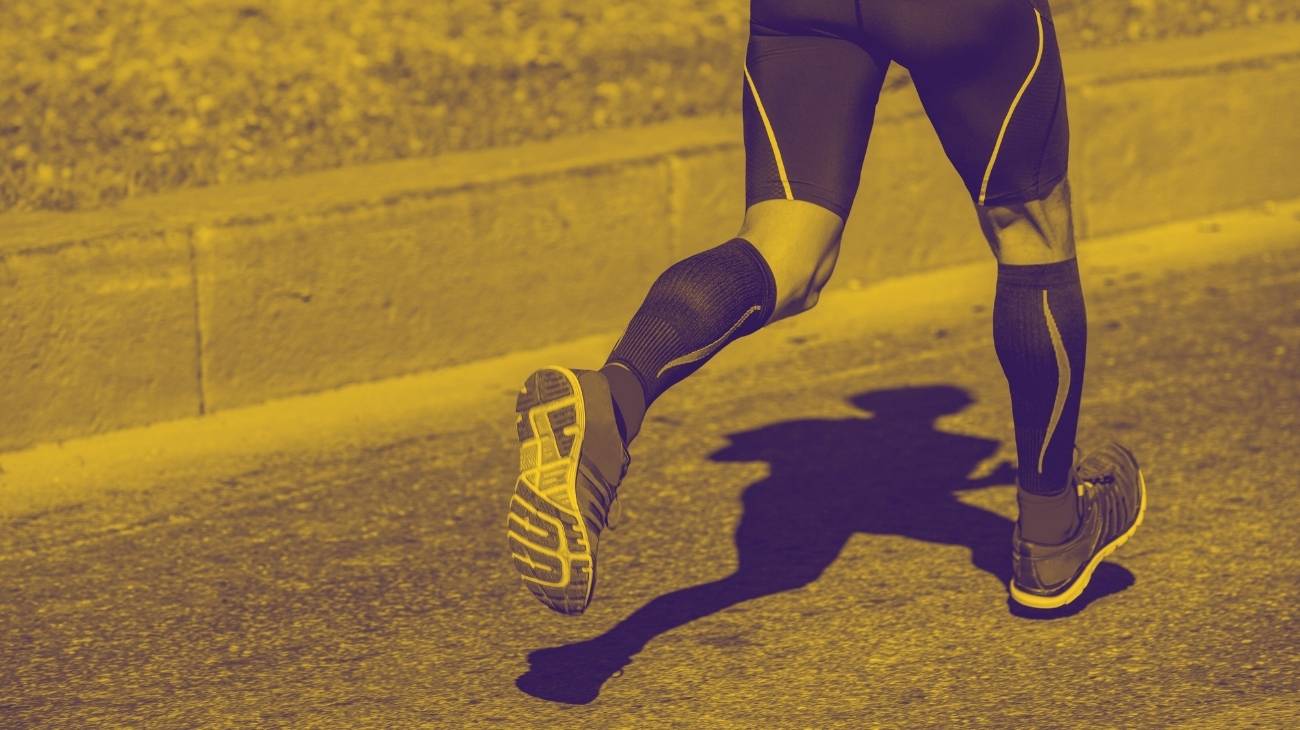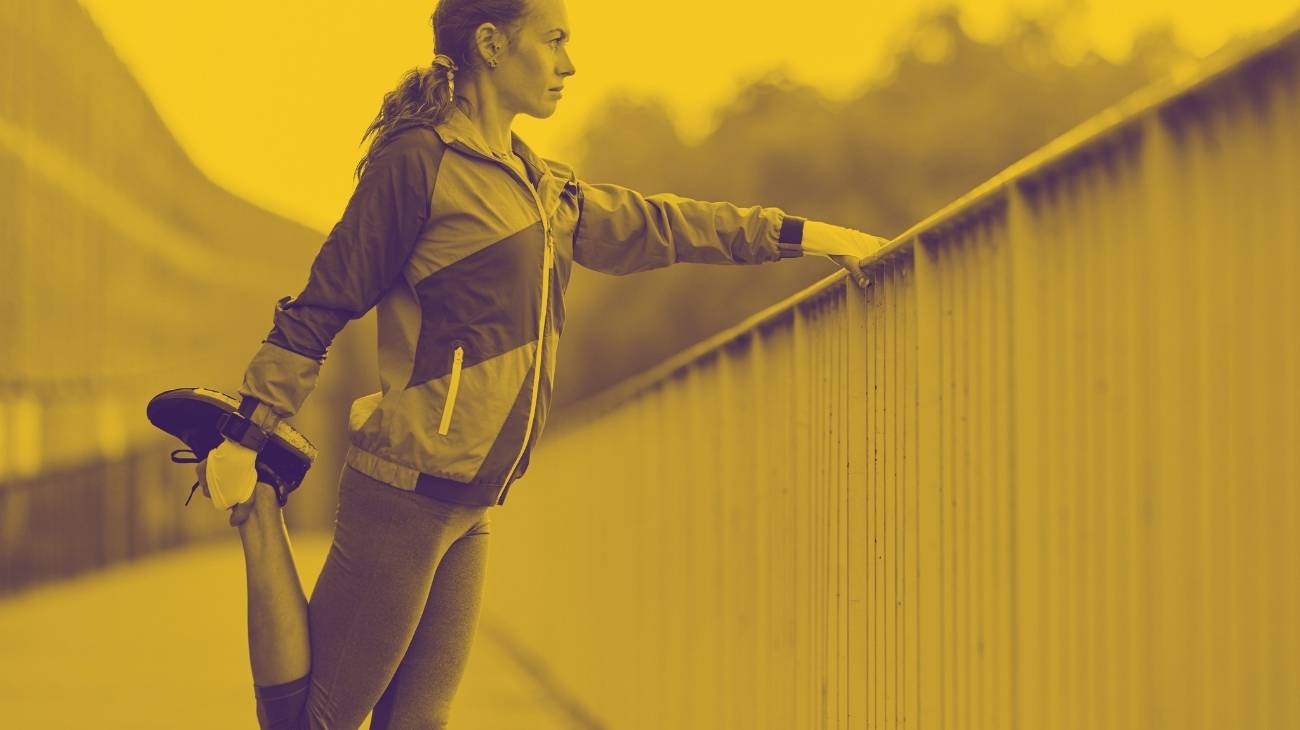- What is the best leg braces for runners?
- Video: Muscle leg anatomy
- Types of leg compression sleeves you should know about
- What are the most common calf injuries while running?
- Buying guide: Tips on how to buy the best compression stocking for running?
- Advantages and benefits of legcompression sleeves for running
- Can calf compression sleeves really improve runners' performance?
Running is a physical activity that has become increasingly popular in recent years. It is an activity that can be done both competitively and recreationally. It helps to strengthen the bones, strengthen the muscles and reduce the risk of several diseases.
However, it is also a sport that can cause various injuries to the lower limbs, especially the calf. Since runners are not immune to injuries, it makes sense for them to wear useful protective clothing, and this includes compression leg braces for runners in particular.
What is the best leg braces for runners?
- Sizes: L
- Colours: Black
- Material: Nylon(80%), Spandex(20%)
- No. of Products: 2
- Type of closure: Elastic
- HEX Technology
- 2 Per order
- Quick and easy to use
- Quality materials
- Size L only
- Delicate wash
They are ideal for preventing body impacts, thanks to the development of the lower part that keeps the kneecap in place and avoids meniscus injuries. The fabric is cushioned and moisture wicking to allow the skin to breathe easily during the summer. It has been found that, in certain users, the symptoms of fatigue do not disappear with the use of this thigh support.
- Sizes: S-M-L-XL
- Colours: Grey
- Material: Latex, Nylon, Polyester, Bamboo
- No. of products: 2
- Type of closure: Elastic
- Bamboo fabric
- Strong compression
- Delicate wash
All you need to do is place it in the right place and wait for the pressure to improve the venous blood return. In this way, cramps and feelings of fatigue will gradually disappear. The different sizes offer patellar support and good calf protection through breathable, non-slip fabric. However, you should bear in mind that leg compression may be minimal in people with advanced hamstring or Achilles tendon injuries.
- Sizes: M-L-XL
- Colours: Black
- Material: Lycra(85%), Nylon(15%)
- Number of Products: 2
- Type of closure: Elastic
- Silicone knee pad
- Thigh and knee
- Quick and easy to use
- Hight Quality
- No small sizes
- Bulky design
When you push your legs hard, you won't feel the impact, as the structure of this support absorbs vibrations. It is suitable to provide extra protection to the calf muscles and relax the Achilles tendon. Keep in mind that as you train, your muscles start to swell, so the size of the thigh support may be small and cause an exaggerated compression.
- Sizes: S-L
- Colours: 7 Options
- Material: 80% Nylon and 20% Elastane
- No. of Products: 2
- Type: Sport high socks
- Good compression
- Lightweight design
- Few sizes
The gradual compression generated by this calf sleeve makes the pain gradually disappear . Its design provides the plantar support needed to absorb soft tissue shock. In some cases, muscle recovery time is not accelerated with the use of this elastic running sleeve.
- Sizes: 2-3-4 Years and T1
- Colours: 2 Options: White, Black
- Material: Breathable
- No. of Products: 2
- Type: High top sports sock
- Anti-slip dots
- Good compression
- Breathable design
- 1 pair per order
- Sizes small
- No material specified
It has a design that protects the toes and compresses the sole to prevent fasciitis. It also helps to keep the heel and ankle joint protected, making it a true sports support. Although the materials are breathable, it may happen that they generate heat during use, which increases the discomfort for the athlete.
- Suitable for any activity
- Designed to enhance compression
- Two sizes only
The socks provide effective support for the meniscus and calf muscles, making it an ideal calf protector when running or doing any physical activity. It is suitable for use by people with varicose veins or recovering from injury. If the calves have an advanced tear, the symptoms will not disappear quickly with the use of this compressive support.
- Various sizes
- Good compression
- No material specified
Your performance will be enhanced by the elastane and nylon sidebars, which provide stability to the thigh muscles for improved alignment and gradual compression. In this way, the likelihood of a pull, tear or sprain is greatly reduced. However, you should bear in mind that the support it provides to the muscles may be insufficient in certain cases.
- Sizes: T1 to T4
- Colours: 5 Options
- Material: Fabric
- No. of Products: Individual
- Type of closure: Elastic straps and Velcro
- Lightweight design
- Good compression
- For everyone
- Easy and quick to use
- Difficult to choose size
- No material specified
It is lined with a hypoallergenic towel that provides better thermo-compression and muscle protection. The compressive sleeve not only improves the comfort of the user, but also increases the blood supply to oxygenate the knee and ankle. It is necessary to consider that, in some buyers, the ventilation of the skin was insufficient and the elastic cuffs generated discomfort, causing greater discomfort during use.
Video: Muscle leg anatomy
Types of leg compression sleeves you should know about
What are the most common calf injuries while running?
When running a certain distance in a certain time, many factors affect the possibility of a sudden injury to the runner. In addition to general health, techniques, and the quality of stretching or warming up, the lack of protective equipment also plays a role.
Therefore, the most common running injuries are:
Calf strain
This is a muscle tear in the calf caused by stretching beyond maximum elasticity. It is a severe and sudden injury to the muscle responsible for flexing the inside of the leg. For this reason, a calf tear results in severe pain and bruising.
In runners, this type of injury is caused by lack of stretching before training, as well as overuse of the area and long training. When the tear occurs, the runner may experience tingling in the calf while running and will need to recover for 3 to 4 weeks.
Calf Cramps
Another common type of injury in the leg area while running. This is essentially a sudden involuntary contraction of one or more muscles due to lack of stretching before and after exercise, lack of blood supply to the calf muscle, or dehydration. Therefore, it is more likely to occur during running, especially if it is intense.
Fortunately, it is not a severe injury, so the recovery time is only one to two days. It is usually treated with massage therapy to relieve the effects of the cramp, heat and cold therapy, and stretching exercises to properly stretch the calf muscle and restore its function.
Contractures of the calf muscles
Since the calves are made up of two main muscles (gastrocnemius and soleus), this area is prone to contractures. This is a condition in which one or more muscles on the back of the leg contract or stretch, causing significant pain with muscle stiffness and dysfunction.
Thus, it is a very painful injury that is easily diagnosed to the touch. However, the severity is moderate as the recovery time is no more than 7 days (sometimes even less). In running, a calf strain is caused by not warming up enough, muscle fatigue, short recovery time and weakness.
Muscle strain
It is also called "calf strain" and is due to a pathology caused by the stretching of muscle fibers in this area. It often occurs in athletes who have to constantly accelerate, decelerate or change direction, and therefore often affects runners. This negatively affects the muscle group at the back of the calf.
Runners who don't warm up properly, who overstretch their muscles, who don't get adequate rest, and who overuse or weaken their muscles are, in fact, prone to injury. The result is sudden, stabbing pain in the calf muscles, discomfort when tightening/stretching the muscle, and the inability to continue playing their sport.
Buying guide: Tips on how to buy the best compression stocking for running?
When buying a calf compression socks for running, it is important to consider various factors from which you can determine the best possible alternative depending on your needs as an athlete. Therefore, in our buying guide, we will show you what to look for when choosing your ideal calf compression sleeve:
By function
Before, during and after your workout, you can use these textile aids on your calves, depending on the function they promise to perform. It is therefore important that you buy a calf brace that is suitable for your needs, taking into account the following classification:
- Before: they are used to relax and rest the area before the competition to gain more strength and energy.
- During: they are intended to reduce muscle soreness and delay fatigue in the middle of a race. In other words, they influence performance.
- After the race: they help the area recover faster after the race to avoid inflammation of the muscles.
Material of manufacture
Make sure that the fabric is made of nylon, polyester, elastane or other high-quality synthetic material that allows good breathability and does not absorb moisture, otherwise the socks will sweat and become heavier. Also, if possible, buy a compression calf with quick-drying fibers.
Type of compression
It is wise to use an appropriate type of support or compression to avoid irritation or pain to the muscles in the area. Therefore, pay attention to the pressure that the accessory applies (light, moderate, strong or extra strong) so that your performance is favorable throughout the run. According to experts, these garments should have an average compression of 15 to 30 mmHg (i.e. light or moderate).
Size
Most manufacturers offer these textile accessories in sizes S, M, L, and XL to accommodate each runner's anatomy so that the cuff links fit properly. Therefore, choose your exact size according to the brand's specifications (if it is between two sizes, take the larger one). In this way, you will avoid the element causing poor compression or constriction of blood flow during the race. Therefore, it is not advisable to buy a one-size-fits-all leg brace.
Design
Since there are several brands that produce this type of textile clothing for sports, there are several models of socks that can be adapted to the tastes of each runner or athlete. So, as long as they fulfill the desired function, the appropriate size and the type of effective support, you can choose any design that suits your personality and makes you stand out from the rest of the competitors.
Pricing
Depending on the function, type of support, manufacturing material, design, brand and other details, the cost of a running cufflink can vary. It should be noted that it is not wise to use inferior calf sleeves to save money, as they do not provide the desired benefits.
Advantages and benefits of legcompression sleeves for running
Compression knee sleeves for runners are garments that guarantee the athlete a feeling of rest and comfort while running. Their main function is to exert a controlled force upwards, compressing the ankle more and the calf less to accelerate venous return.
They offer optimal benefits:
- They protect the calves from injury during competitions, on rough terrain and during fast, intense runs.
- They accelerate the recovery process of muscles thanks to the support that stimulates venous return.
- Minimize fatigue before and after the race by absorbing vibrations in the circulatory, muscular and joint systems.
- Increases theperformance of runners by breaking down lactic acid to maximize energy.
- They provide comfort and ease as each movement causes a micro-massage through their fibers.
- They reduce muscle soreness and inflammation that can occur after competitions.
Can calf compression sleeves really improve runners' performance?
The short answer is yes. This is because through their functions, they try to meet the main needs of athletes, which are based on optimizing their productivity and promoting a more agile rehabilitation. Considering that, thanks to their anti-fatigue character, they reduce the lactic acid that accumulates and promote the protection of the area, they manage to increase the performance of the calf muscles during the race.
In addition, they have a health-promoting effect after running, as they prevent pain, inflammation and other discomforts caused by overuse of the area. Since they soothe the muscles, the restoration of blood circulation is immediately noticeable.
Compression calf sleeves for runners are the best garment to enhance athletic performance. In the event of an injury, you can achieve a quick recovery thanks to compression therapy, as it effectively improves the internal components of the foot and calf.











